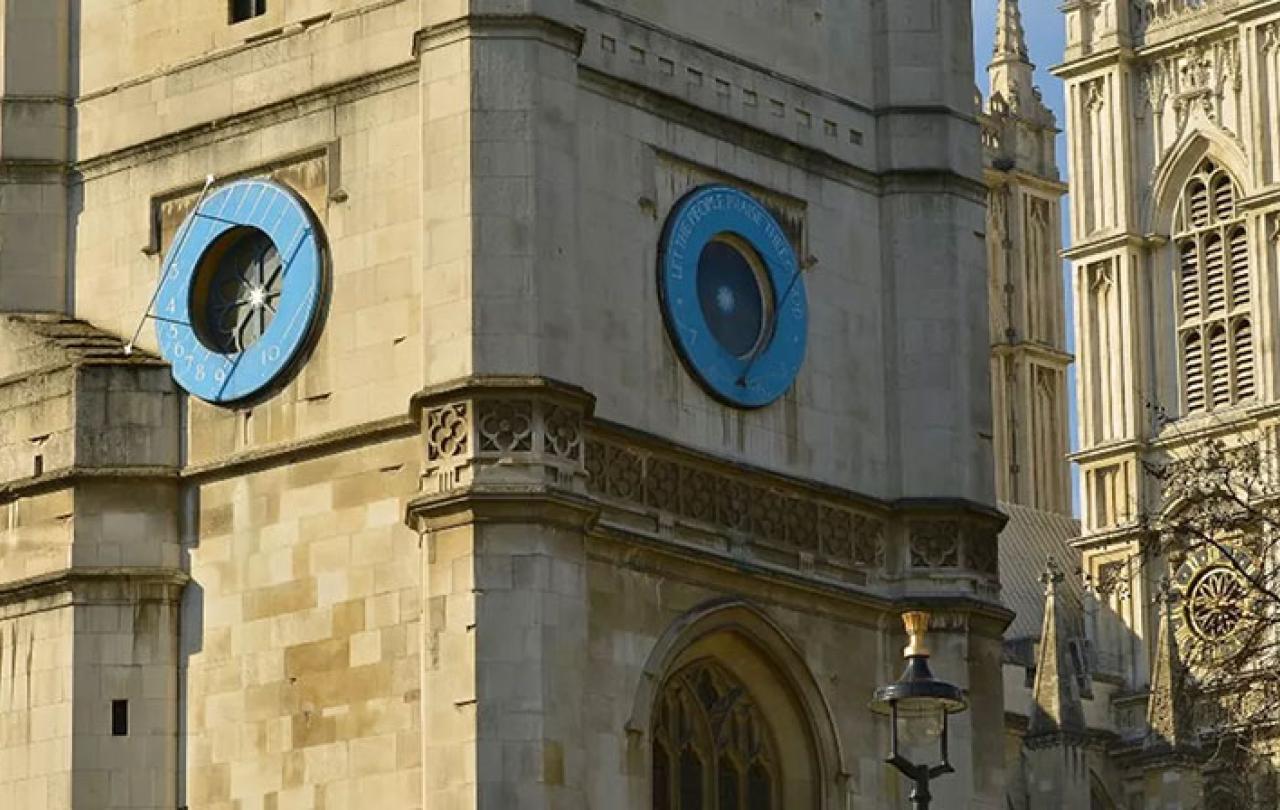
The Right Revd Dr Graham Tomlin will help celebrate 500 years of St Margaret's Church in the opening lecture of Westminster Abbey Institute's autumn season. The founder of the Centre for Cultural Witness will talk about Christianity in public life and how faith can build a stronger society. He will examine recent events and cultural moods, talk about how they reveal a number of crises in our contemporary life and how a renewed turn to Christian faith might help resolve these in the longer term.
Graham has recently written for Seen & Unseen on key topics related to public life.
The language of politics can’t domesticate religion
Sorry seems to be the hardest word
The trouble with identity politics
On liberty’s limits: why Mill was wrong about freedom
This event is part of Dignity and Public Service, Westminster Abbey Institute's 2023 autumn programme, and celebrates the 500th anniversary of St Margaret’s Church, Westminster Abbey. St Margaret’s has centuries-long links with Parliament, and is often referred to as ‘the parish church of the House of Commons’.
Places are free but booking is essential. Priority will be given to public servants. To book please email institute@westminster-abbey.org with the following information:
-
The name(s) of the event(s) you wish to book for
-
Your full name
-
Your job title
-
Your employer
-
Your telephone number





